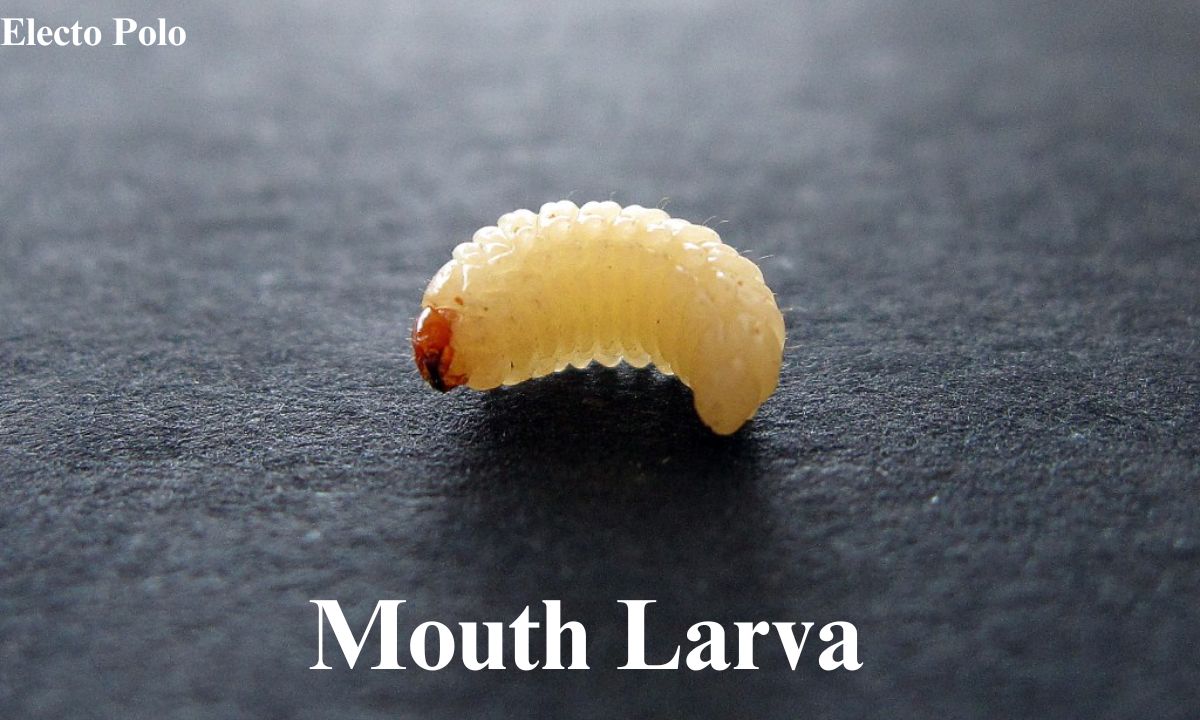Mouth larva, a disturbing and often misunderstood condition, can cause significant discomfort and distress. This comprehensive guide aims to shed light on this peculiar health issue, providing valuable insights into its causes, symptoms, diagnosis, and treatment options.
By understanding mouth larva, individuals can better protect themselves and seek appropriate medical attention when necessary.
Understanding Mouth Larva
Mouth larva, also known as oral myiasis, is a rare condition characterized by the presence of fly larvae or maggots in the oral cavity. This unsettling phenomenon occurs when flies lay their eggs in or around the mouth, and the resulting larvae infest the surrounding tissues. Understanding mouth larva is crucial for early detection and prompt treatment.
- Mouth larva can affect people of all ages, but it’s more common in tropical and subtropical regions.
- The condition is often associated with poor oral hygiene and underlying health issues.
- Prompt identification and treatment are essential to prevent complications.
Causes of Mouth Larva
1. Poor Oral Hygiene
Inadequate oral care creates an environment conducive to larval infestation. Neglecting regular brushing and flossing can lead to food debris accumulation, attracting flies to lay their eggs.
2. Underlying Medical Conditions
Certain health issues can increase the risk of mouth larva:
- Diabetes
- Alcoholism
- Malnutrition
- Immunodeficiency disorders
These conditions may compromise oral health and make individuals more susceptible to infestations.
3. Oral Injuries
Open wounds or lesions in the mouth provide entry points for fly eggs. Traumatic injuries, dental extractions, or oral surgeries can create vulnerable areas for infestation.
4. Environmental Factors
Living or traveling in areas with poor sanitation and high fly populations increases the likelihood of exposure to mouth larva. Understanding mouth larva risk factors is essential for prevention.
5. Poor Living Conditions
Inadequate housing, lack of proper waste management, and exposure to livestock can contribute to higher fly populations and increased risk of infestation.
Symptoms of Mouth Larva
1. Pain and Discomfort
Individuals with mouth larva often experience persistent oral pain and discomfort. The sensation may range from mild irritation to severe, throbbing pain.
2. Swelling and Inflammation
Affected areas of the mouth may become swollen and inflamed. This can lead to difficulty in speaking, eating, or swallowing.
3. Bad Breath
Foul-smelling breath is a common symptom of mouth larva. The presence of larvae and associated tissue damage can cause an unpleasant odor.
4. Visible Larvae
In some cases, small, white, or creamy-colored larvae may be visible in the oral cavity. This is a definitive sign of infestation.
5. Excessive Salivation
Increased saliva production is often observed in individuals with mouth larva. This may be the body’s response to the irritation caused by the larvae.
6. Bleeding
In advanced cases, bleeding from the affected areas may occur. This can be due to tissue damage caused by the larvae or attempts to remove them.
Read This Blog: What Is “Once in a Lifetime Malena Nazionale”?
Diagnosis of Mouth Larva
1. Visual Examination
A thorough oral examination by a healthcare professional is the first step in diagnosing mouth larva. The practitioner will look for signs of infestation and tissue damage.
2. Medical History Review
Understanding the patient’s medical history, recent travels, and living conditions can help identify risk factors and guide diagnosis.
3. Imaging Studies
In some cases, imaging techniques such as X-rays or CT scans may be used to assess the extent of tissue damage and locate larvae in deeper oral structures.
Treatment of Mouth Larva
1. Mechanical Removal
The primary treatment for mouth larva involves carefully removing the larvae using specialized instruments. This procedure is typically performed by a trained healthcare professional.
2. Irrigation and Disinfection
Following larval removal, the affected area is thoroughly irrigated and disinfected to prevent secondary infections and promote healing.
3. Medication
Antiparasitic medications may be prescribed to eliminate any remaining larvae and prevent reinfestation. Antibiotics may also be necessary to treat or prevent bacterial infections.
4. Surgical Intervention
In severe cases, surgical debridement may be required to remove damaged tissue and ensure complete eradication of the infestation.
5. Addressing Underlying Conditions
Treatment plans often include managing any underlying medical conditions that may have contributed to the infestation.
Read This Blog: NewzTalkies.com: Transforming the News Landscape with Comprehensive, Engaging Content
Preventive Measures
1. Maintaining Oral Hygiene
Regular brushing, flossing, and dental check-ups are essential for preventing mouth larva. Good oral hygiene reduces the risk of infestation.
2. Managing Oral Injuries
Prompt treatment of oral injuries and proper care following dental procedures can help prevent fly eggs from entering oral tissues.
3. Improving Living Conditions
Ensuring clean and sanitary living environments, proper waste management, and adequate housing can significantly reduce the risk of mouth larva.
4. Using Insect Repellents
When traveling to high-risk areas, using insect repellents and protective measures can help prevent fly bites and egg-laying.
5. Avoiding High-Risk Areas
Understanding mouth larva prevalence in different regions can help individuals take necessary precautions when traveling to endemic areas.
FAQ’s
Is mouth larva contagious?
No, mouth larva is not contagious from person to person. It results from direct contact with fly eggs or larvae.
How quickly can mouth larva develop?
Larvae can hatch within 24 hours of egg-laying, with noticeable symptoms appearing within days.
Can mouth larva be fatal?
While rare, severe infestations can lead to life-threatening complications if left untreated.
Are children more susceptible to mouth larva?
Children may be at higher risk due to poorer hygiene habits and increased outdoor play in some regions.
Can mouth larva recur after treatment?
Recurrence is possible if underlying risk factors are not addressed. Proper follow-up care is essential.
Conclusion
Understanding mouth larva is crucial for early detection, prompt treatment, and effective prevention. This comprehensive guide has explored the causes, symptoms, diagnosis, and treatment options for this unsettling condition. By maintaining good oral hygiene, addressing underlying health issues, and being aware of environmental risk factors, individuals can significantly reduce their risk of experiencing mouth larva.
Remember, if you suspect an infestation, seek immediate medical attention for proper diagnosis and treatment. With increased awareness and proper preventive measures, we can work towards reducing the incidence of mouth larva and promoting better oral health for all.

I’m passionate electric scooter enthusiast and the voice behind this blog. I’m here to share my expertise and insights with you. From in-depth reviews to problem-solving guides, my goal is to help you make the most of your electric scooter experience.








![Gomyfinance.com Invest: I Made $5,000 in My First Month [Real Results 2025]](https://electopolo.com/wp-content/uploads/2025/05/Gomyfinance.com-Invest-I-Made-5000-in-My-First-Month-Real-Results-2025-150x150.jpg)


